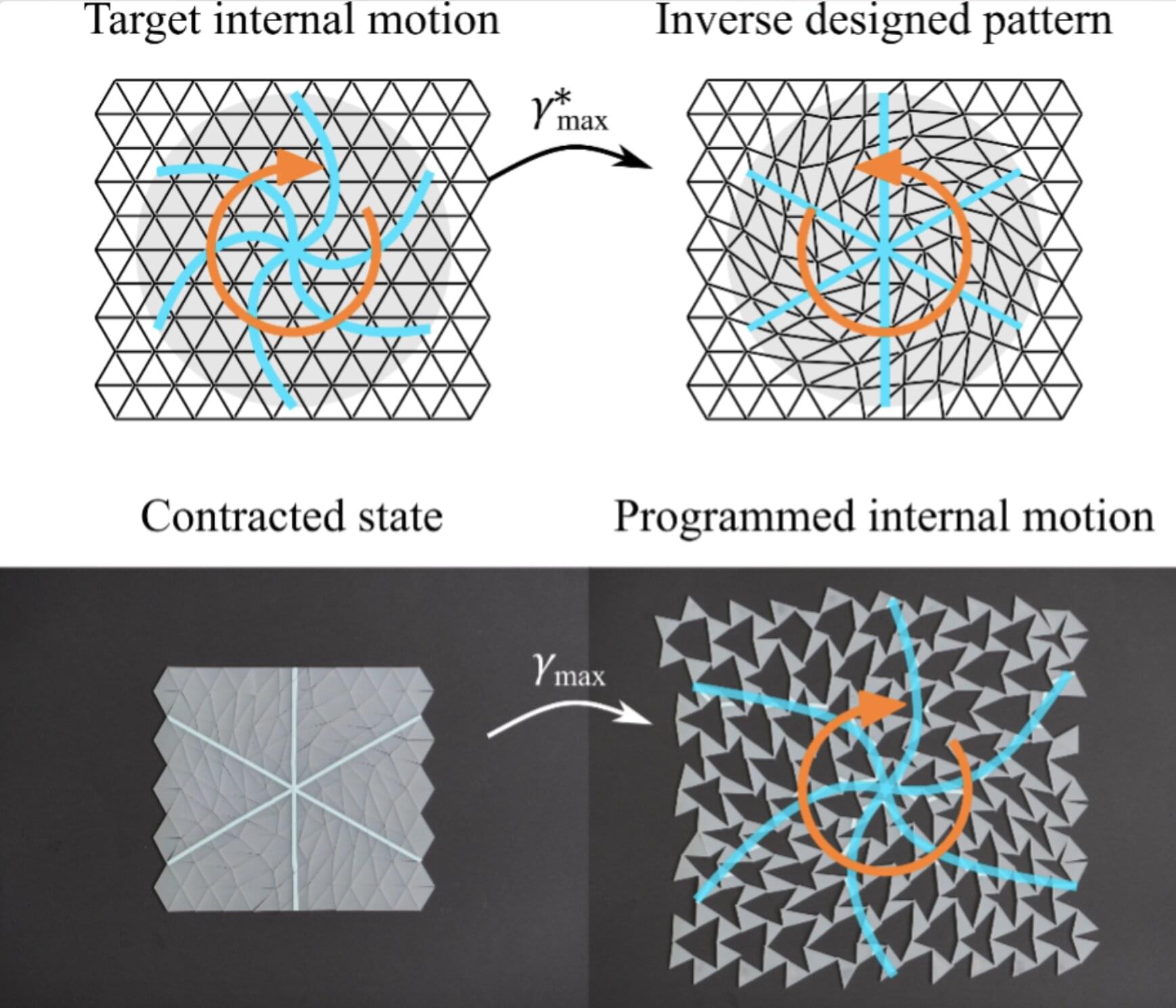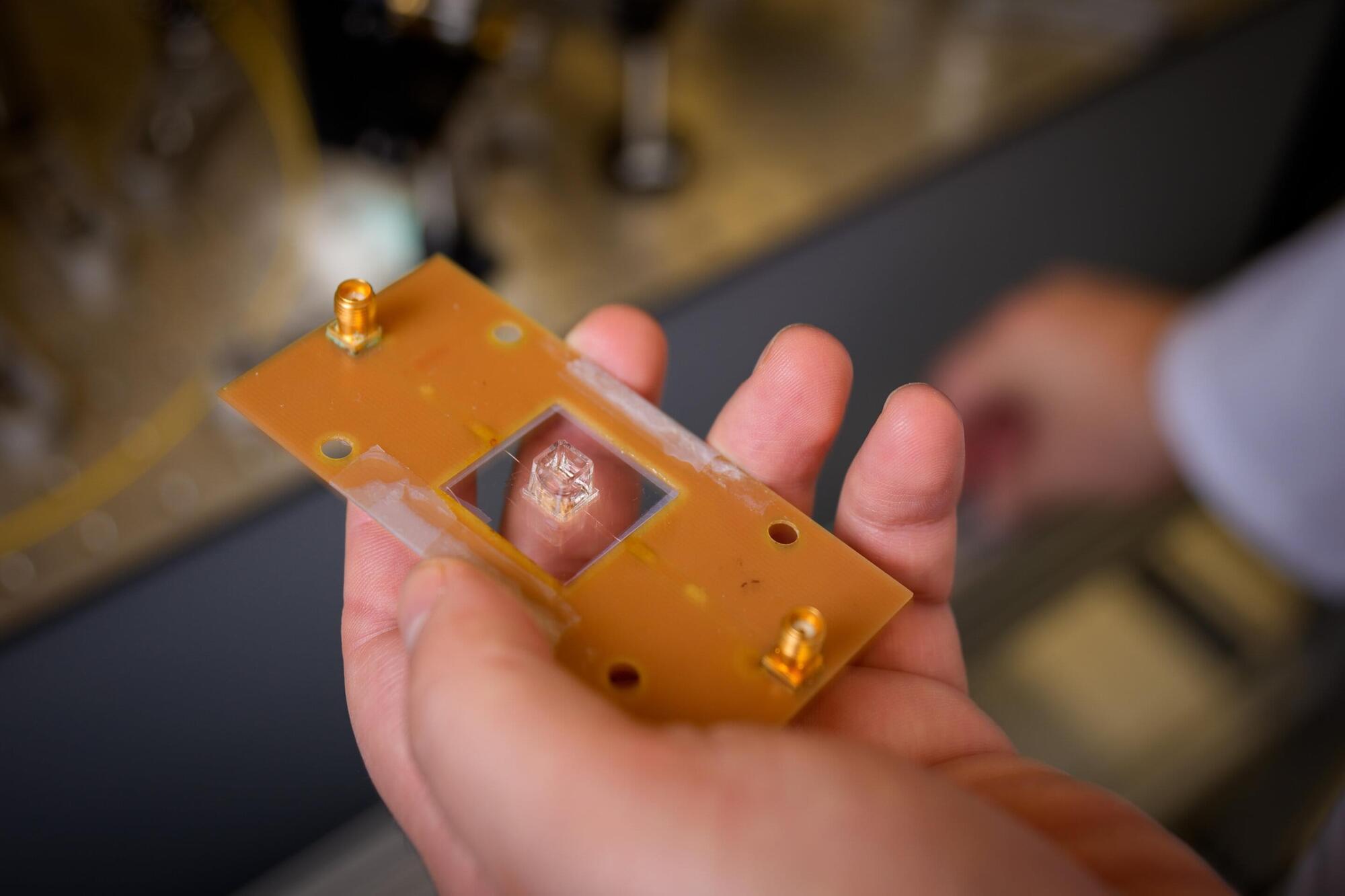Kirigami is a traditional Japanese art form that entails cutting and folding paper to produce complex three-dimensional (3D) structures or objects. Over the past decades, this creative practice has also been applied in the context of physics, engineering, and materials science research to create new materials, devices and even robotic systems.
Researchers at Sichuan University and McGill University recently devised a new approach for the inverse engineering of kirigami, which does not rely on advanced computational tools and numerical algorithms. This new method, outlined in a paper published in Physical Review Letters, could simplify the design of intricate kirigami for a wide range of real-world applications.
“This work is a natural extension of our previous work on kirigami,” Damiano Pasini, senior corresponding author of the paper, told Phys.org.









